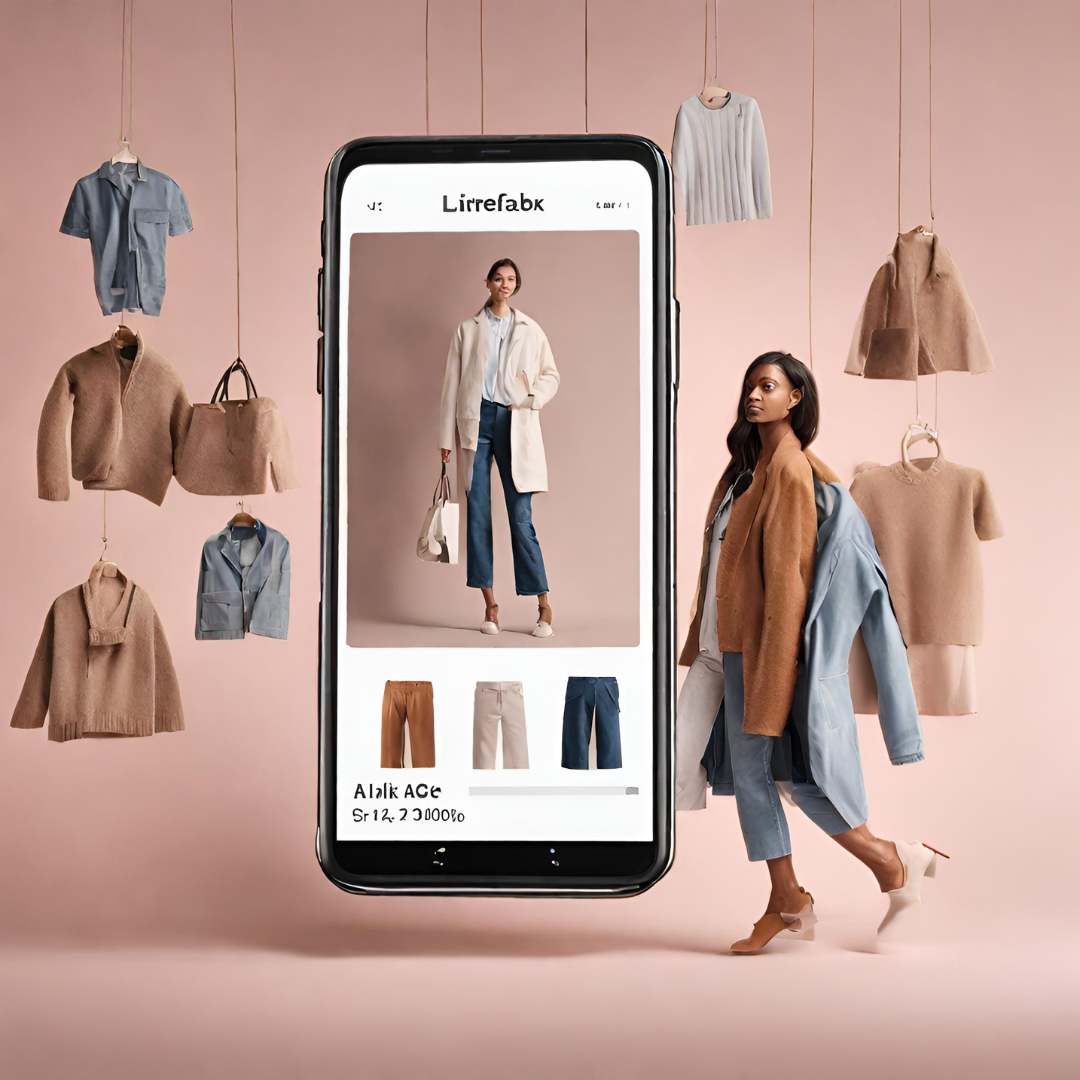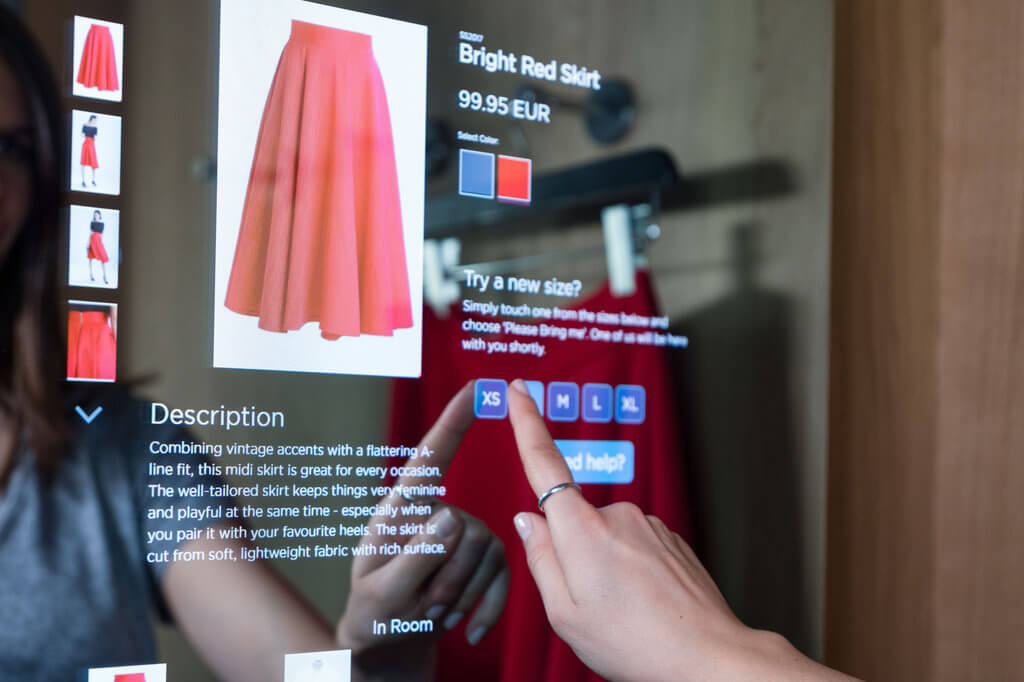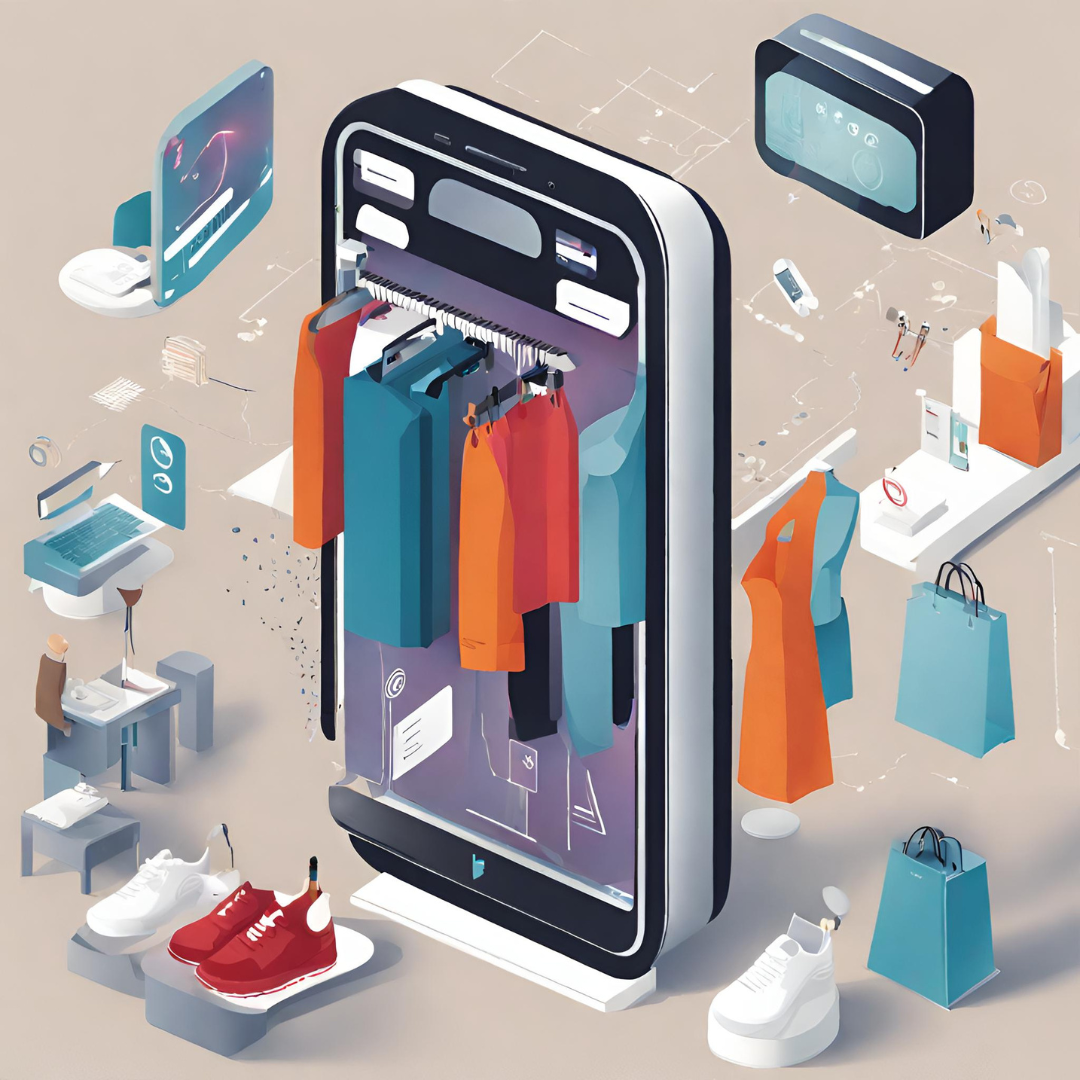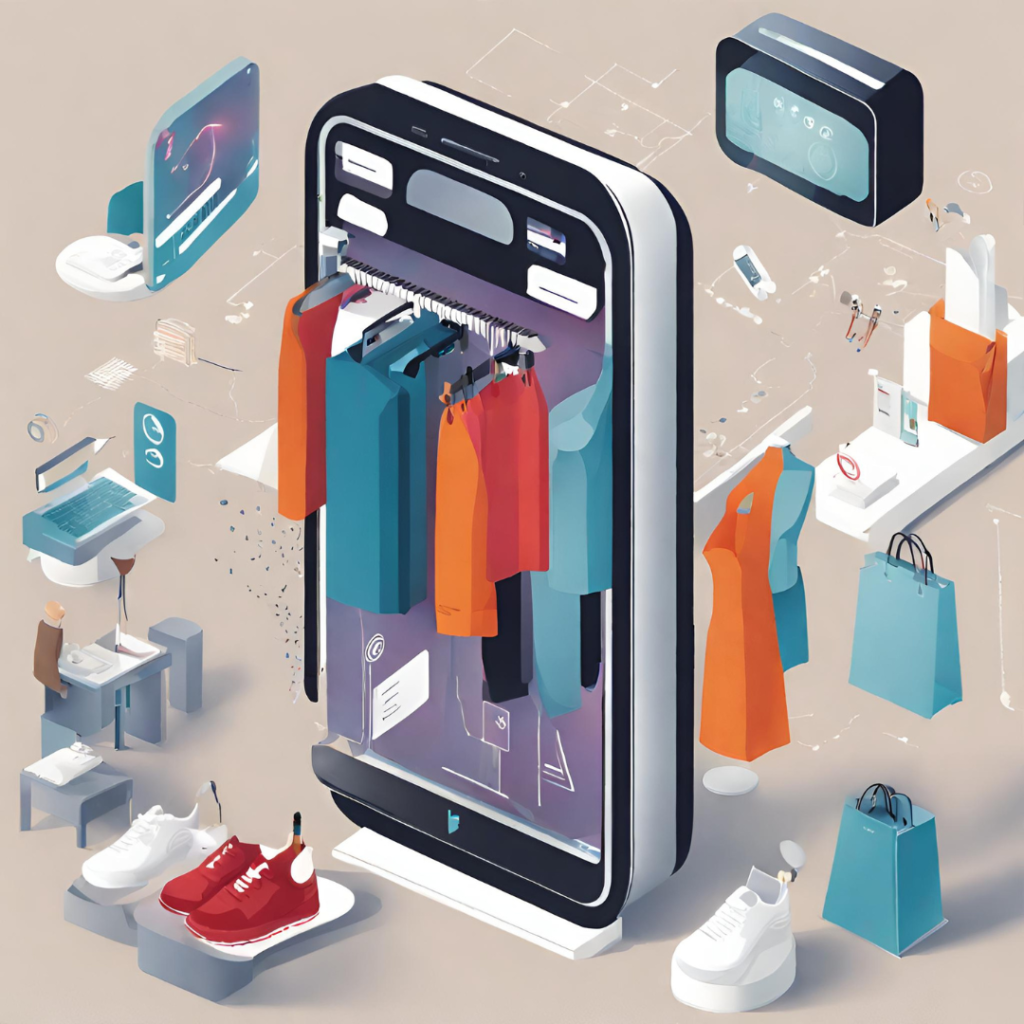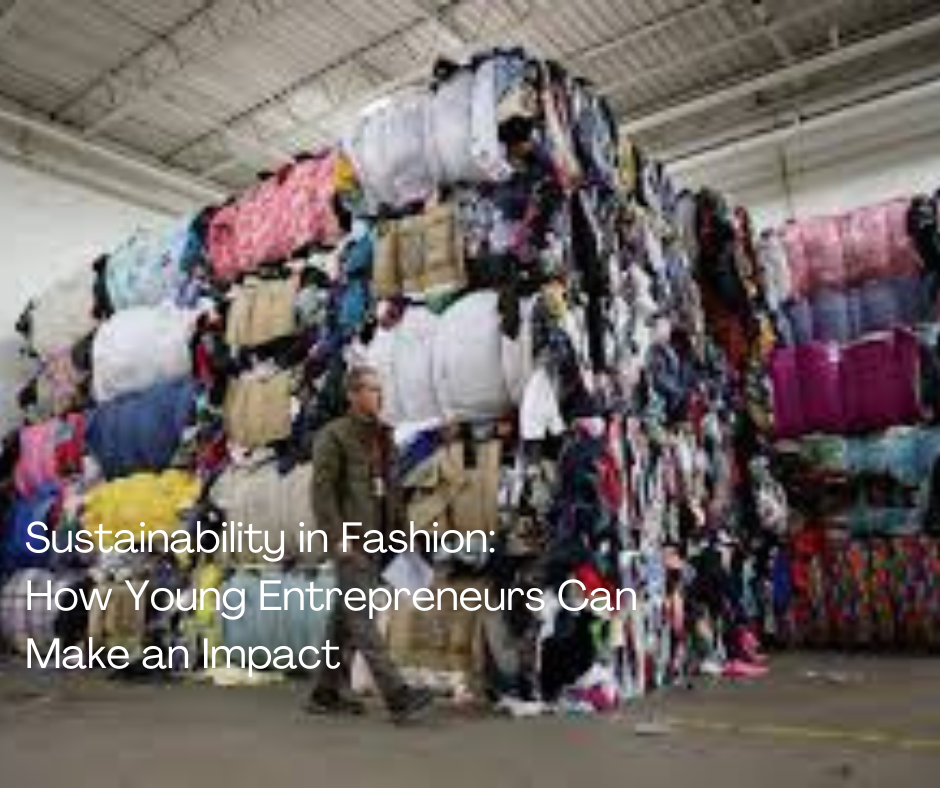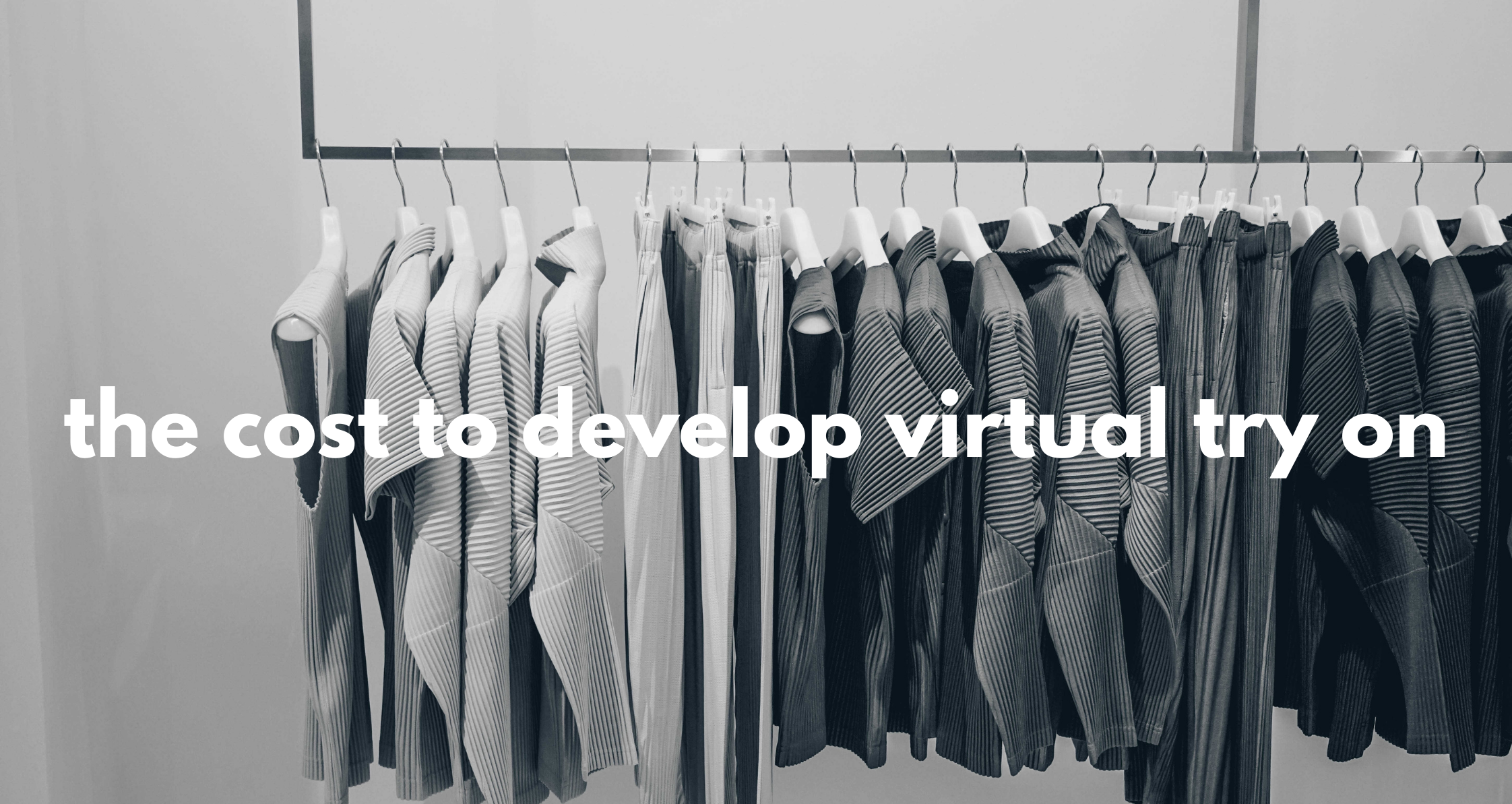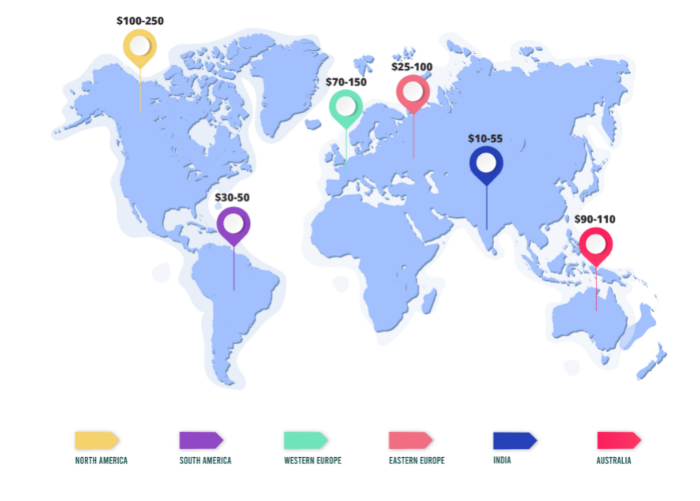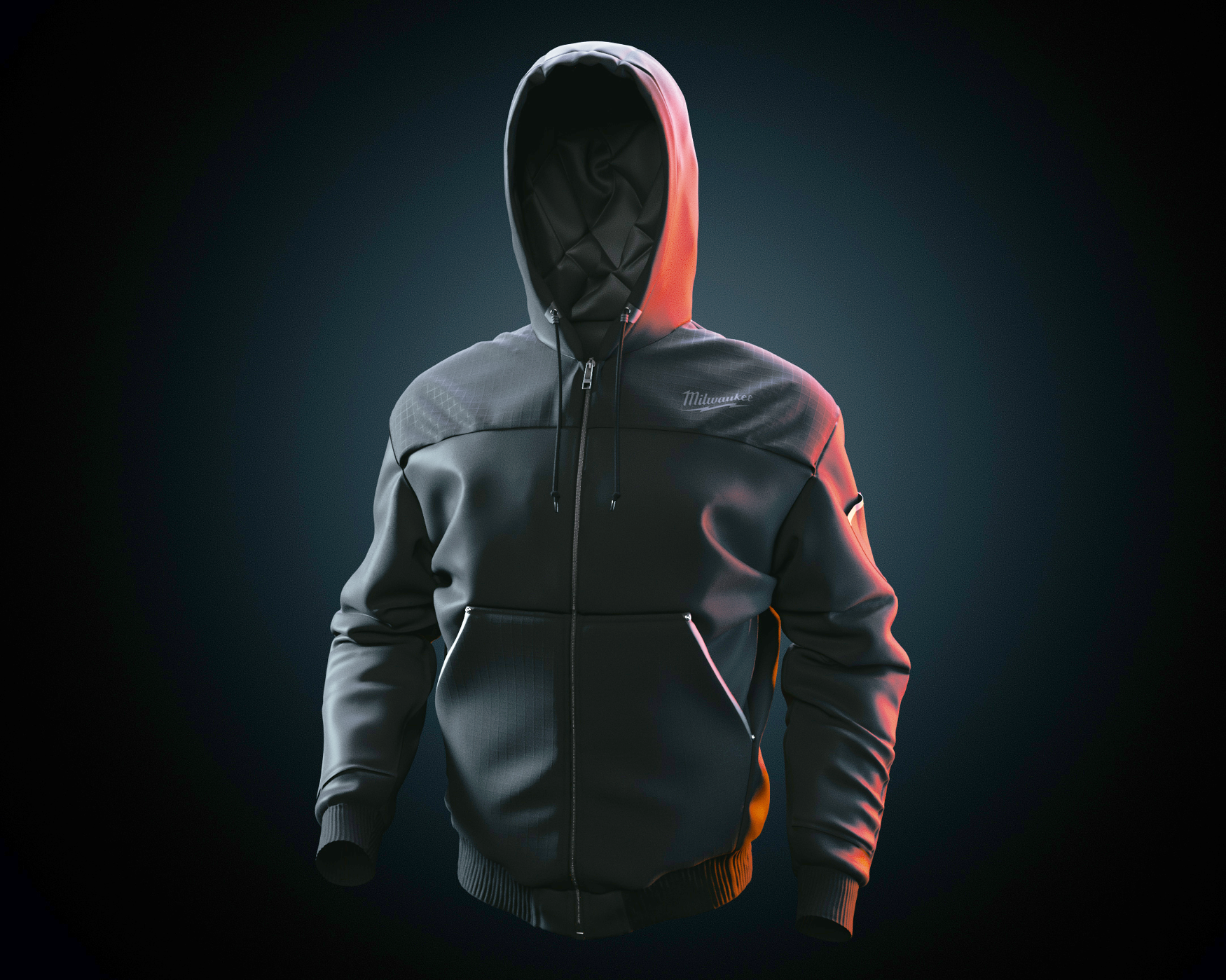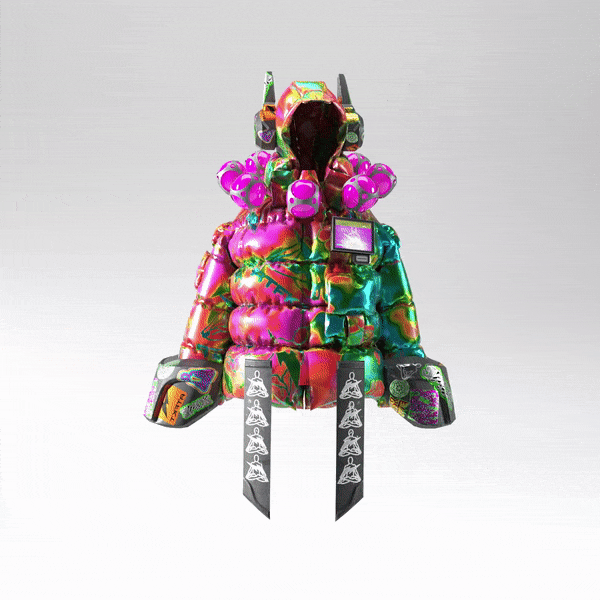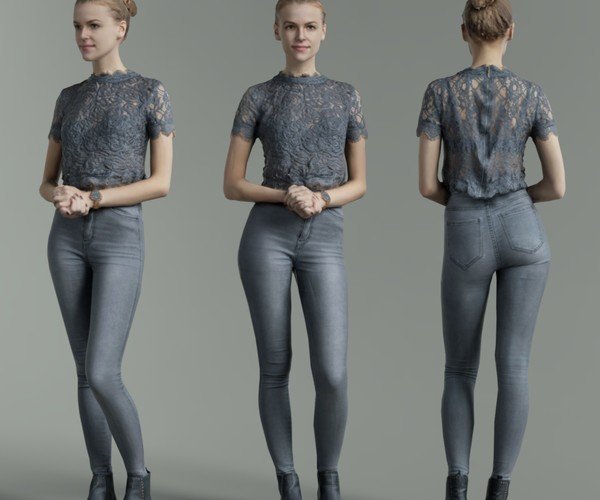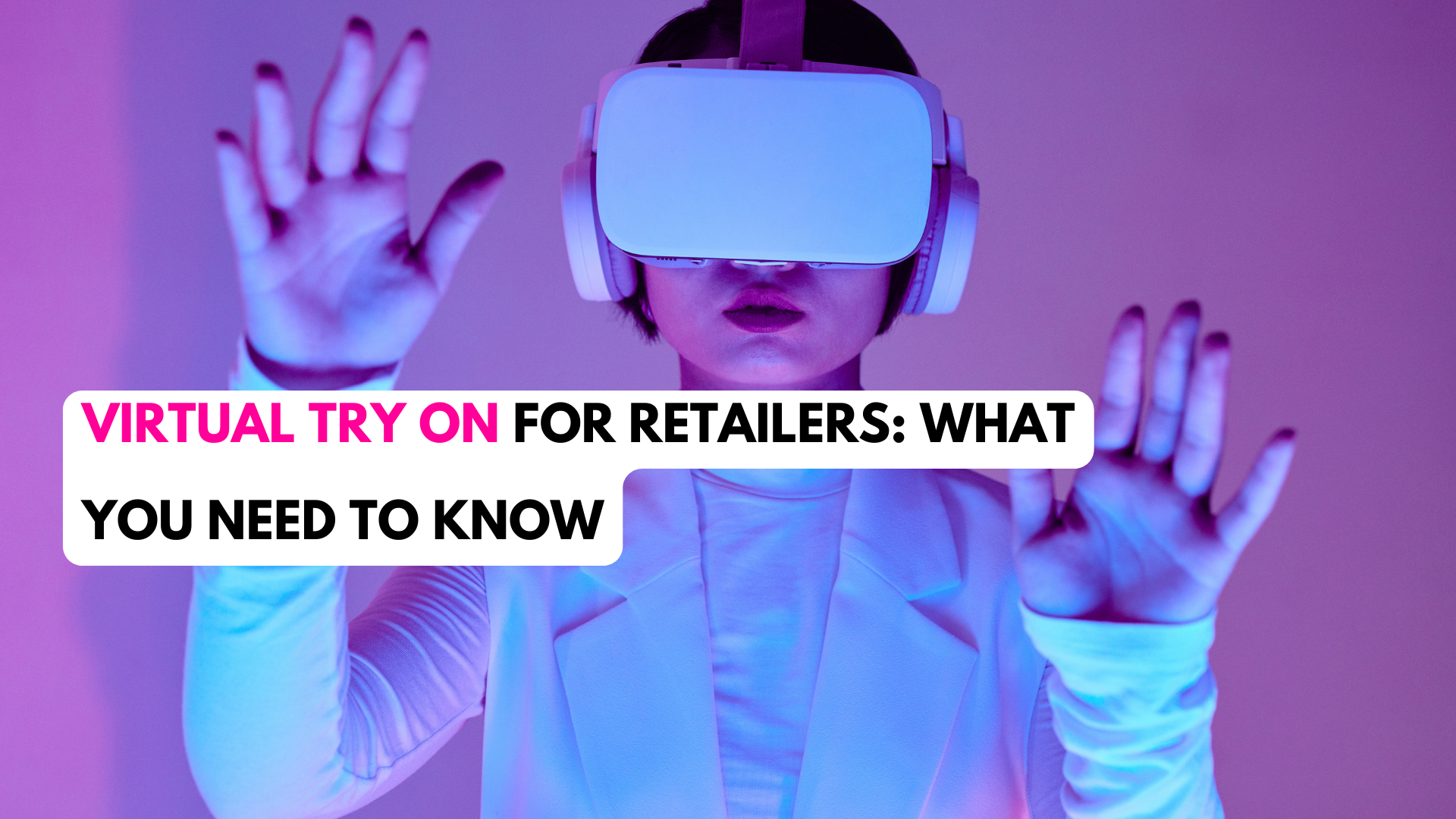
The ever-expanding world of eCommerce has revolutionized the retail landscape, prompting businesses to innovate and enhance their customers’ shopping experiences. One such innovation is MIRRARME, a Virtual Try On system that empowers customers to virtually try on products before making a purchase.
Discover how MIRRARME addresses common challenges in online shopping, providing a seamless and personalized experience for your valued customers.
Solving Key Shopping Problems: MIRRARME effectively addresses various issues prevalent in beauty and fashion shopping today:
Uncertainty in Online Shopping: Eliminate the hesitation associated with online shopping by allowing customers to virtually try on products, ensuring a more confident and secure purchasing decision.
High Return Rates: Mitigate the challenge of high return rates by enabling customers to visualize how a product will look on them before making a purchase, reducing the likelihood of disappointment upon delivery.
Inaccurate Sizing: Say goodbye to the hassle of inaccurate size charts. Mirrarme enables customers to try on clothes, shoes, and accessories virtually, ensuring the right size is chosen the first time.
Lack of Personalization: MIRRARME offers customized product recommendations based on customers’ preferences, measurements, and desired aesthetic, fostering a comfortable and personalized shopping experience.
Competitive Advantage: Stand out in the saturated online shopping industry by adopting MIRRARME’s innovative Virtual Try-On technology, attracting tech enthusiasts seeking a more engaging and exciting way to shop.
Reduced Environmental Impact: Embrace sustainability with MIRRARME’s eco-friendly approach, eliminating the need for in-person product trials and significantly reducing return and swap rates.
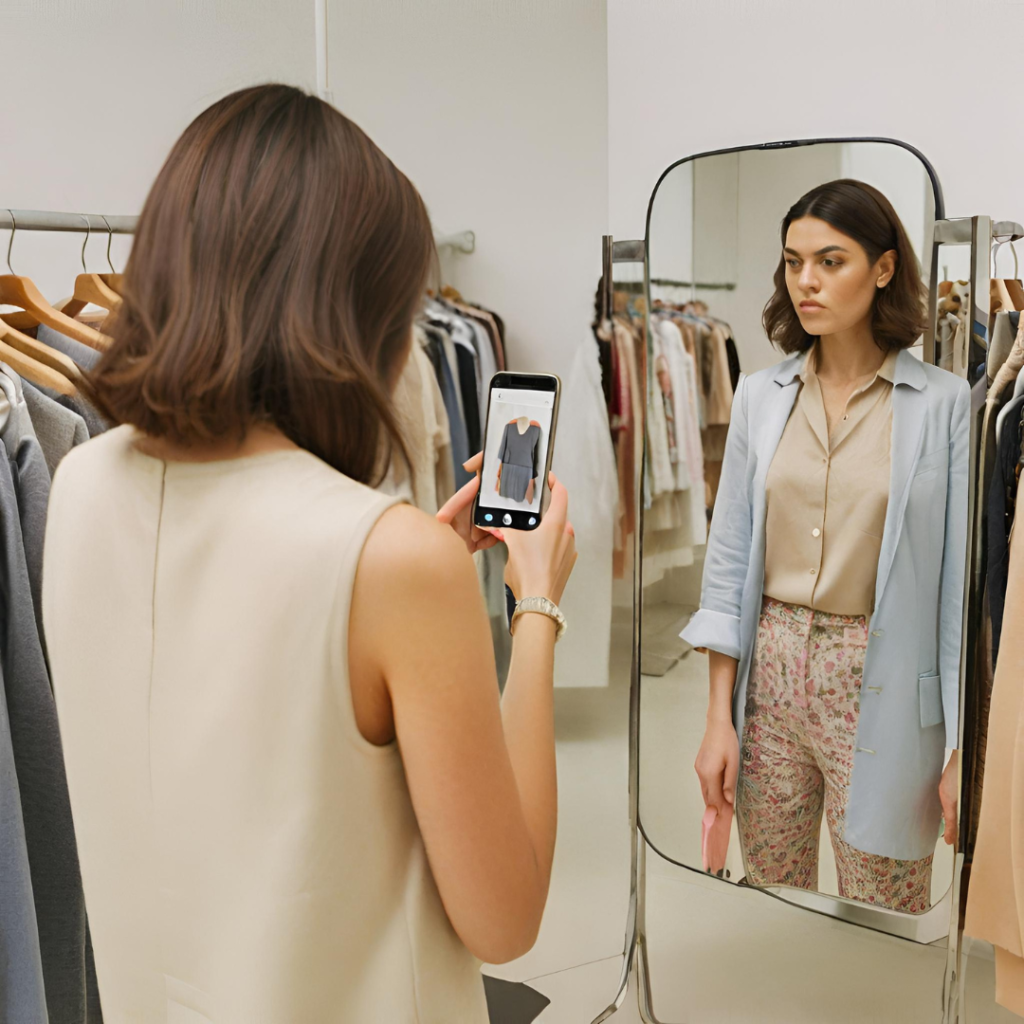
Choosing the Right Provider:
Ensure a successful integration of MIRRARME into your business by considering these essential steps:
Technology and Features: Evaluate MIRRARME providers based on realistic and customizable virtual try on features, ensuring compatibility with your product offerings.
User Experience and Interface: Prioritize a smooth and enjoyable user experience, enhancing customer engagement and satisfaction with MIRRARME’S virtual try on option.
Data Privacy and Security: Ensure the protection of customer information with a MIRRARME provider that prioritizes data security and complies with privacy regulations.
Integration and Compatibility: Select a MIRRARME system that seamlessly integrates with your existing e-commerce platform, website, or mobile app.
Cost and Pricing Structure: Determine the cost of implementing MIRRARME, including startup fees, licenses, and ongoing maintenance, ensuring it aligns with your budget and provides a clear return on investment.

How MIRRARME Can Boost Your Business:
Industries such as fashion, beauty, eyewear, and accessories can experience significant benefits with MIRRARME:
- Improved customer experience
- Increased conversion rates and sales
- Time and cost savings for both businesses and buyers
- Enhanced brand loyalty through personalized recommendations
Conclusion:
MIRRARME is reshaping the landscape of retail and online purchasing, providing a solution to common challenges and offering a more immersive and feasible online shopping experience. Join the ranks of renowned brands and elevate your customer engagement with MIRRARME’S Virtual Try On technology.

